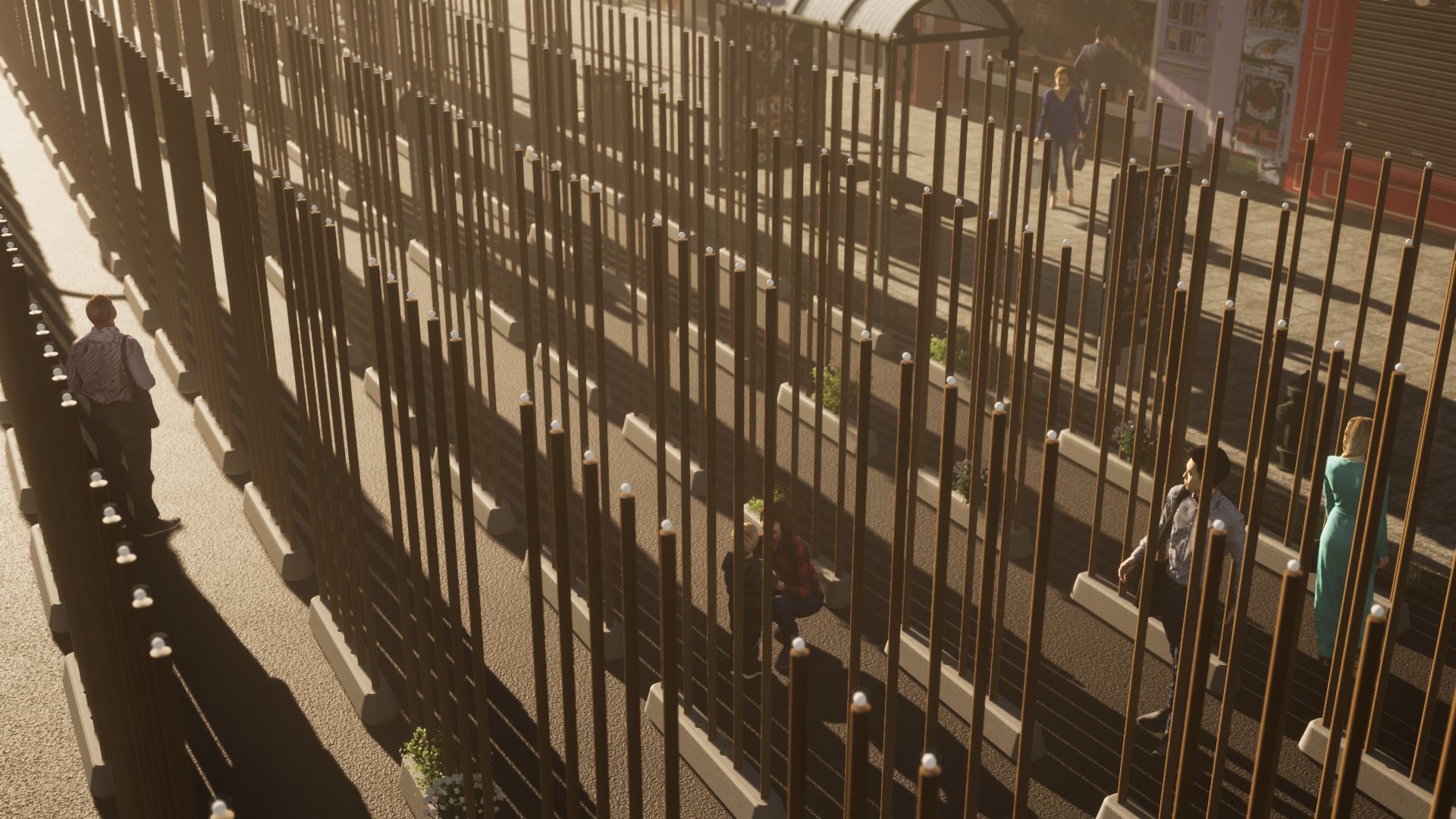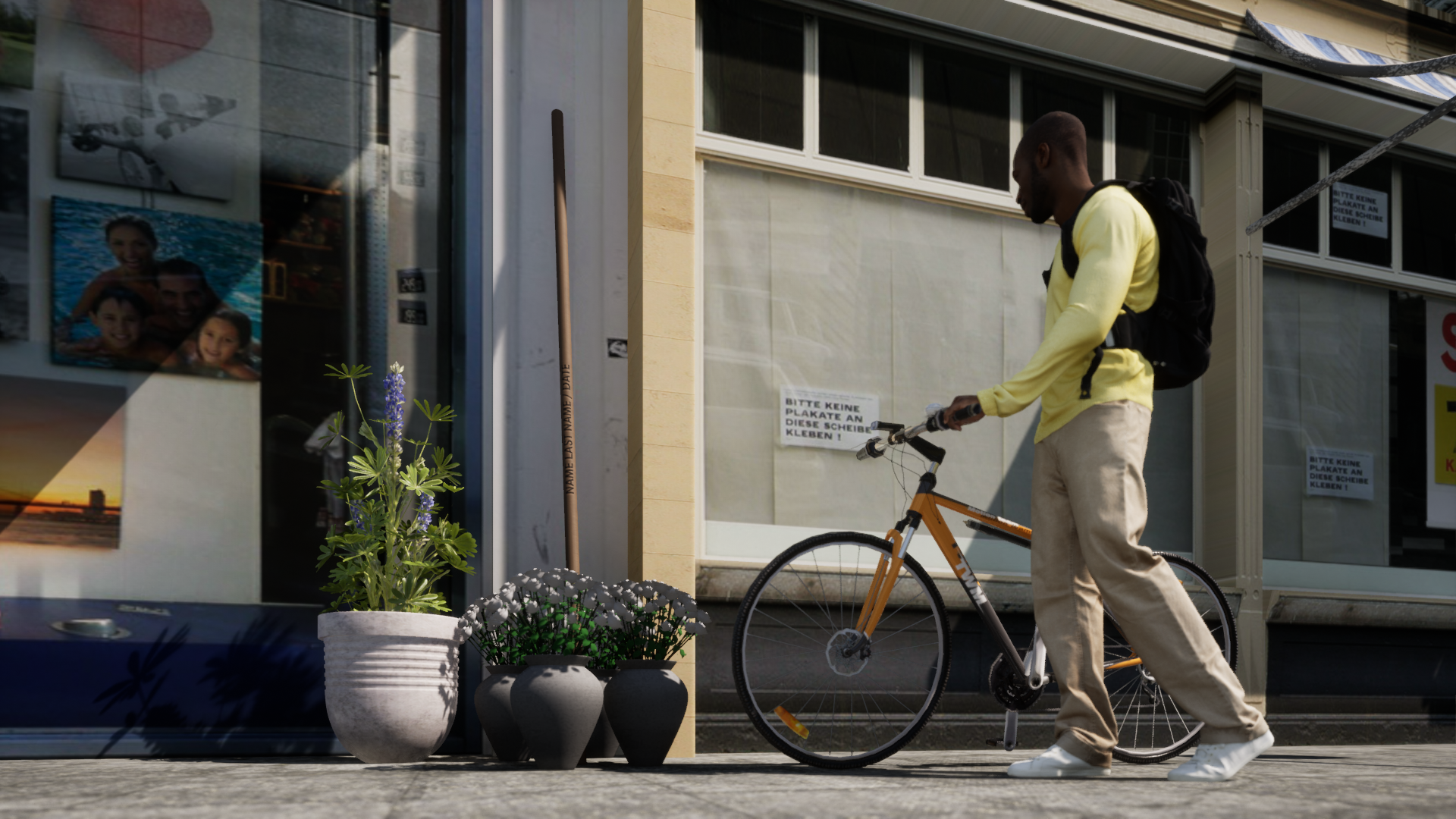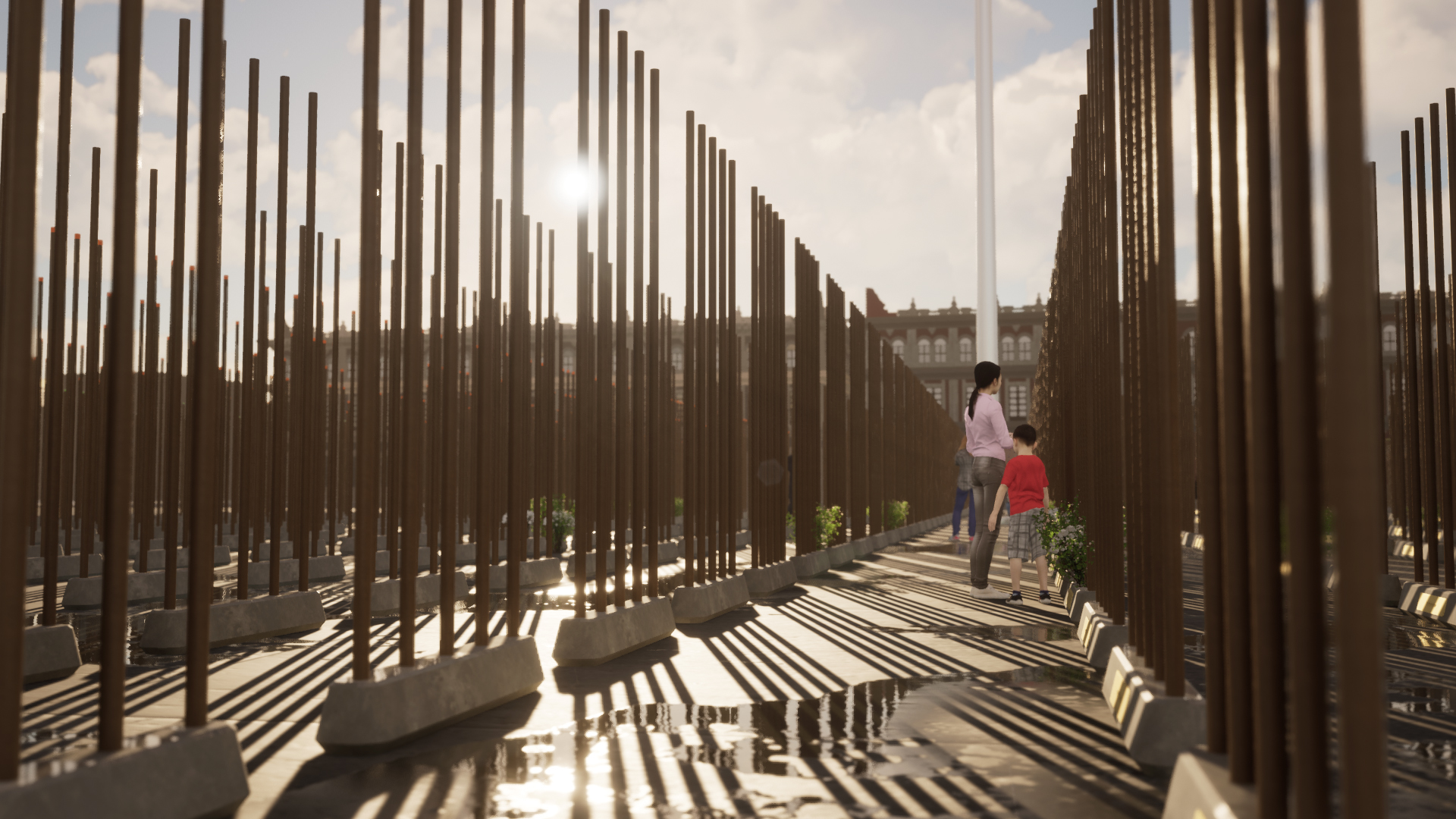We question the notion of hospitality and the possibility of welcoming others without an imposed representation of the world, without a narrative setting a reality around an individual understanding of things. We should stop idealizing others in our terms.
Michel Rojkind
Arturo Ortíz Struck
Diego Díaz Lezama
Text
Arturo Ortíz Struck
Renderings
Diego Díaz Lezama
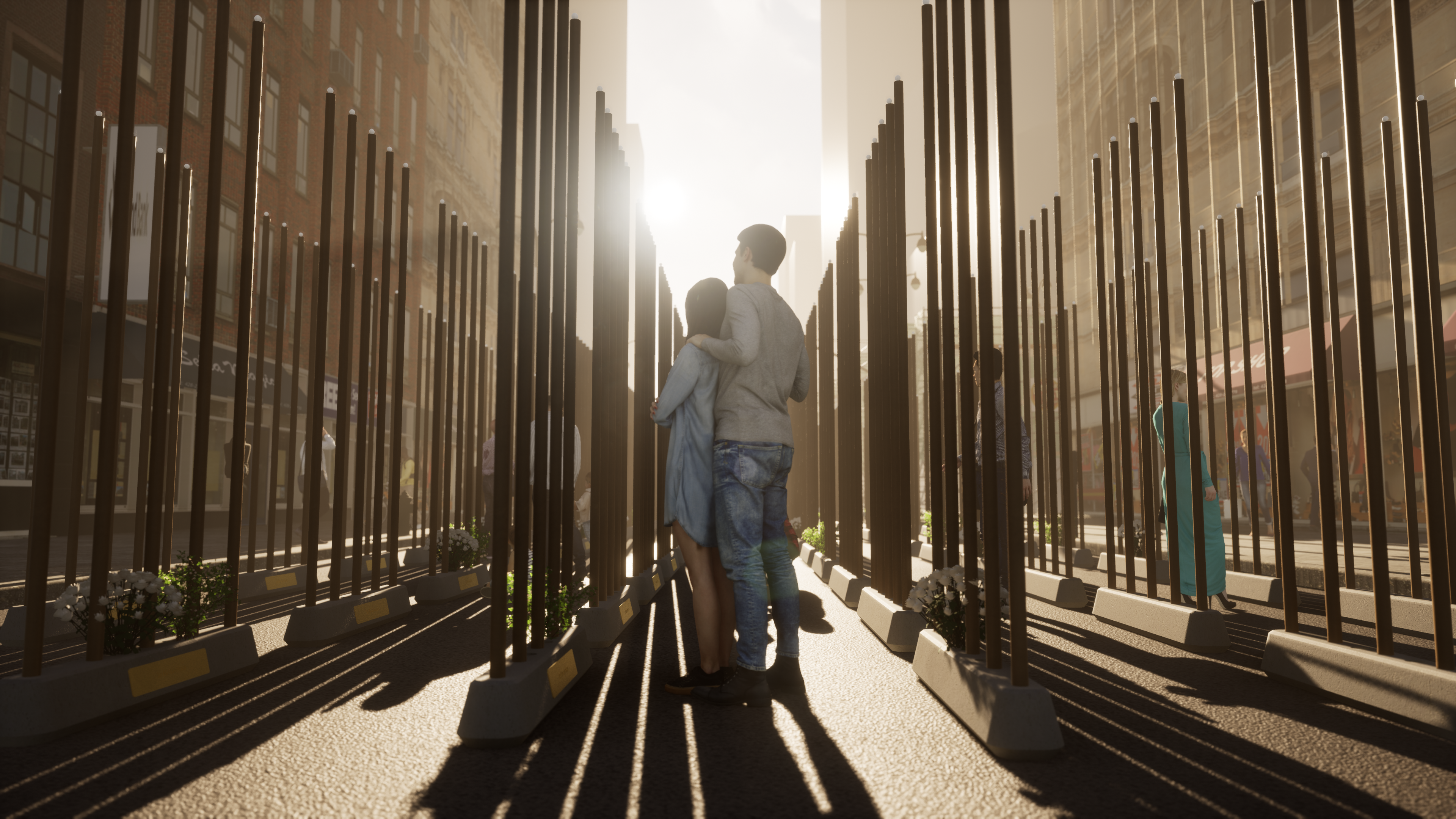
We worry about the way a pandemic disease could bring societies under state power and systematic surveillance, a situation in which humans can be seen as objects to be managed, but sovereignty over our bodies is just a liberal illusion. We think that the ethical problem with a biopolitical view, is that life cannot be managed.
We speculate on how we should welcome others in this pandemic crisis. How to create hospitality? How to see things beyond the management? Our intuition leads us to demand the right to bury our dead, which we understand as the key against biopolitical confinement.
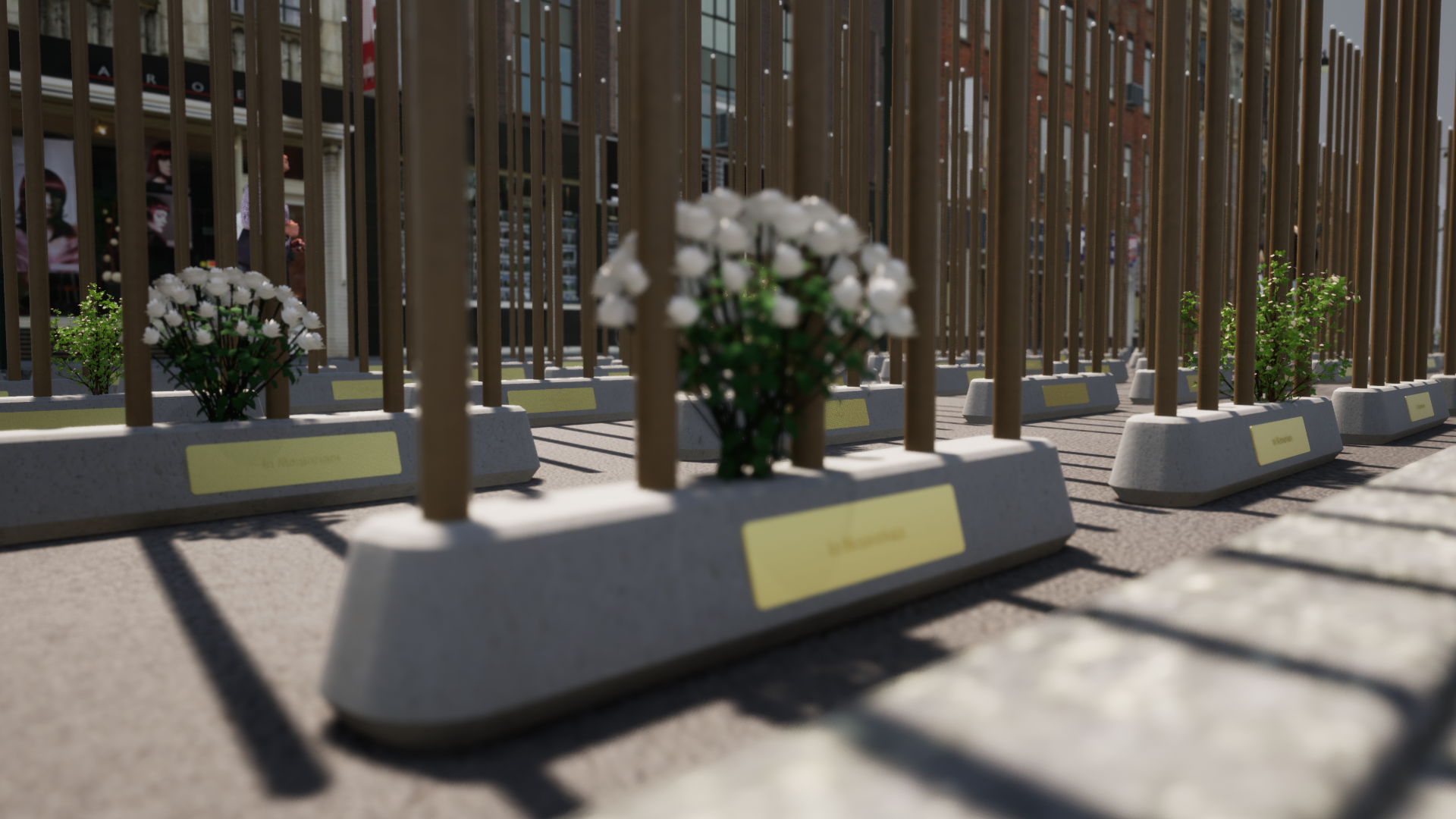
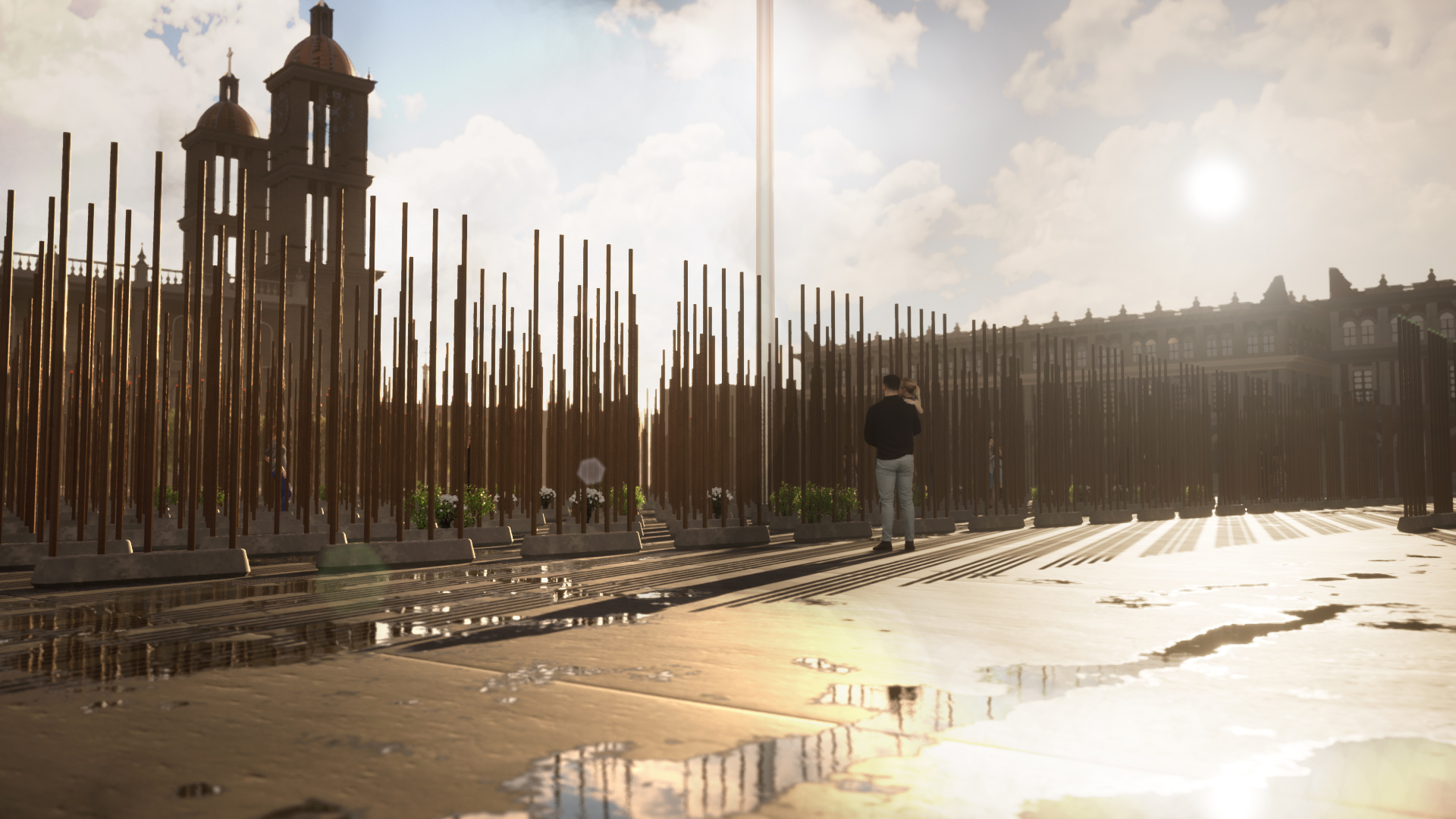
A grave is the last testimony of life, of our life. Design and architecture can be in charge of materializing the signs that took life by surprise and killed hundreds of thousands without allowing a space for mourning. We are claiming the act of mourning. We can at least take care of that, of building symbols where we can place the testimony of our life and the lives of others.
Imagine a way through which we can bring these terrible deaths to shared memory, honoring their lives through cities filled with cenotaphs.
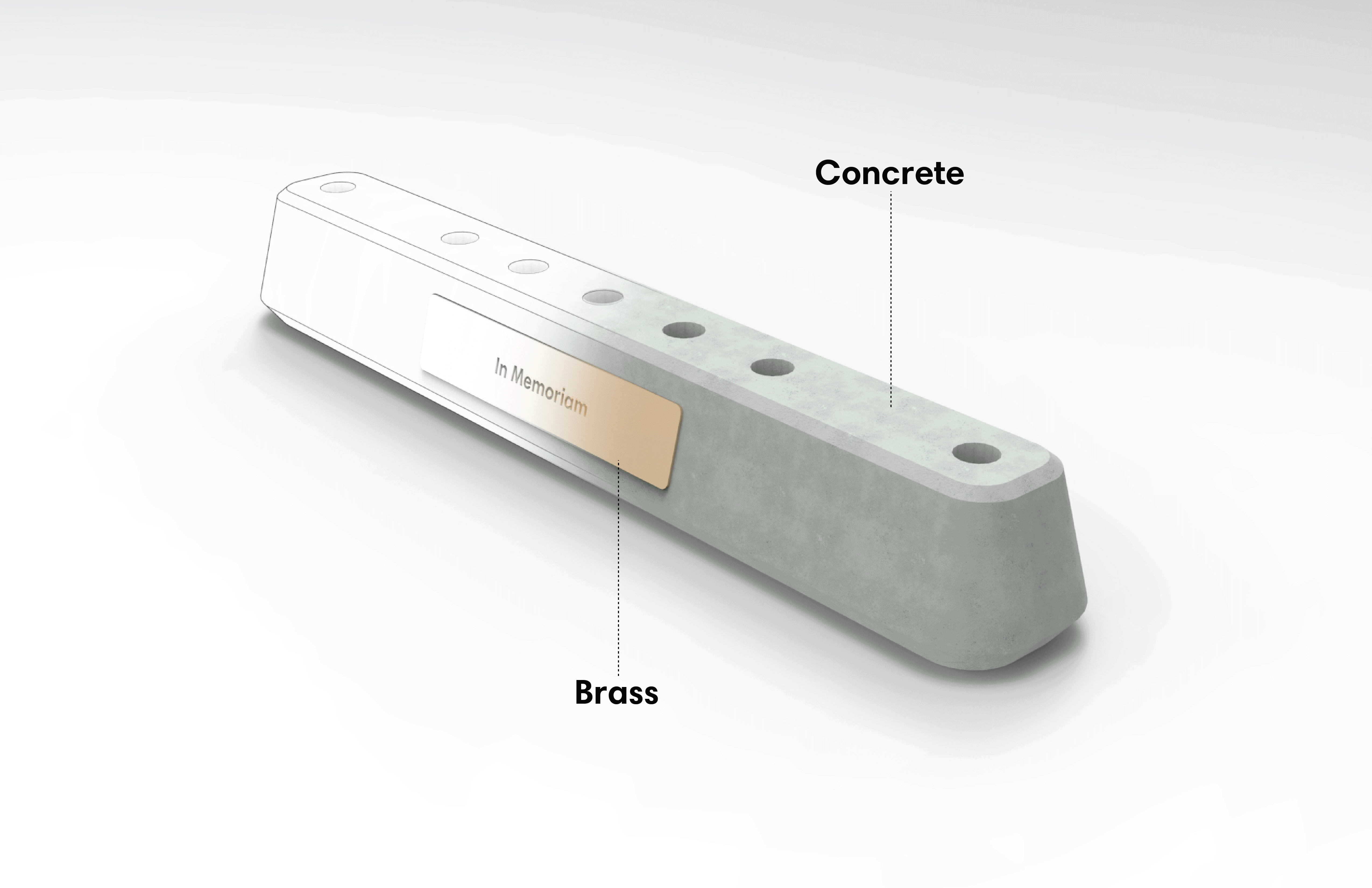

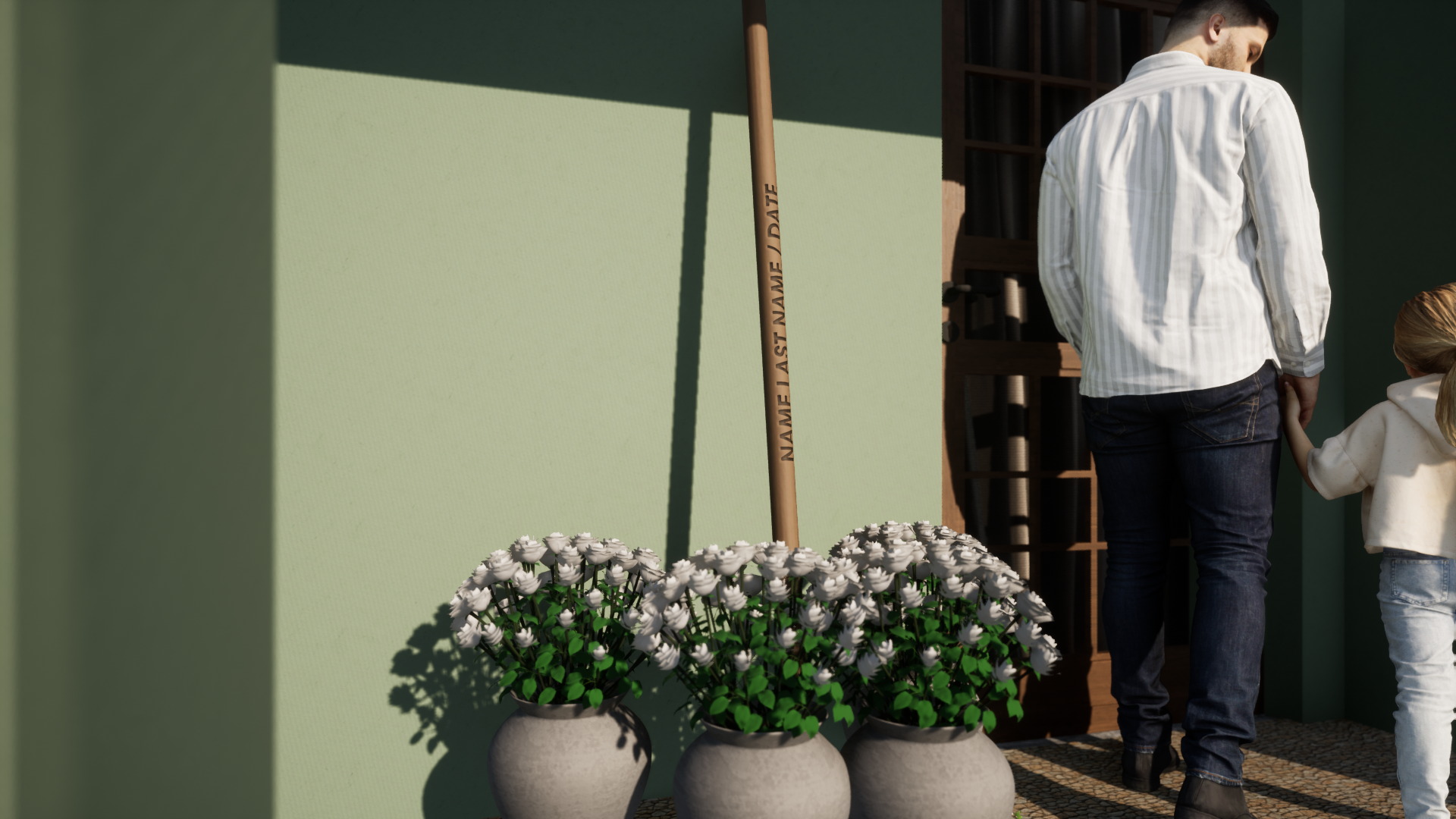
It is not about creating memorials or monuments that the state appropriates to manage social sensibilities. It is about creating simple cenotaphs that allow the living to watch over our dead and extend the cemetery inside the city, next to their homes. We strive to create a sensibility about death, displaying a social necessity to assume responsibility over the death of “another”, any “other” who died in any country, without regards to origin, race, gender, religion, political views, or migratory status.
We conceptualize ephemeral installations in Times Square in New York, and in Mexico City’s Zocalo as examples. They consist of placing in these locations a cenotaph dedicated to all of those that have died, with their names. After some weeks of social mourning, we encourage families and friends to participate and take the corresponding cenotaph to the sidewalks of their homes. The mourning extends to the neighborhoods of each city.
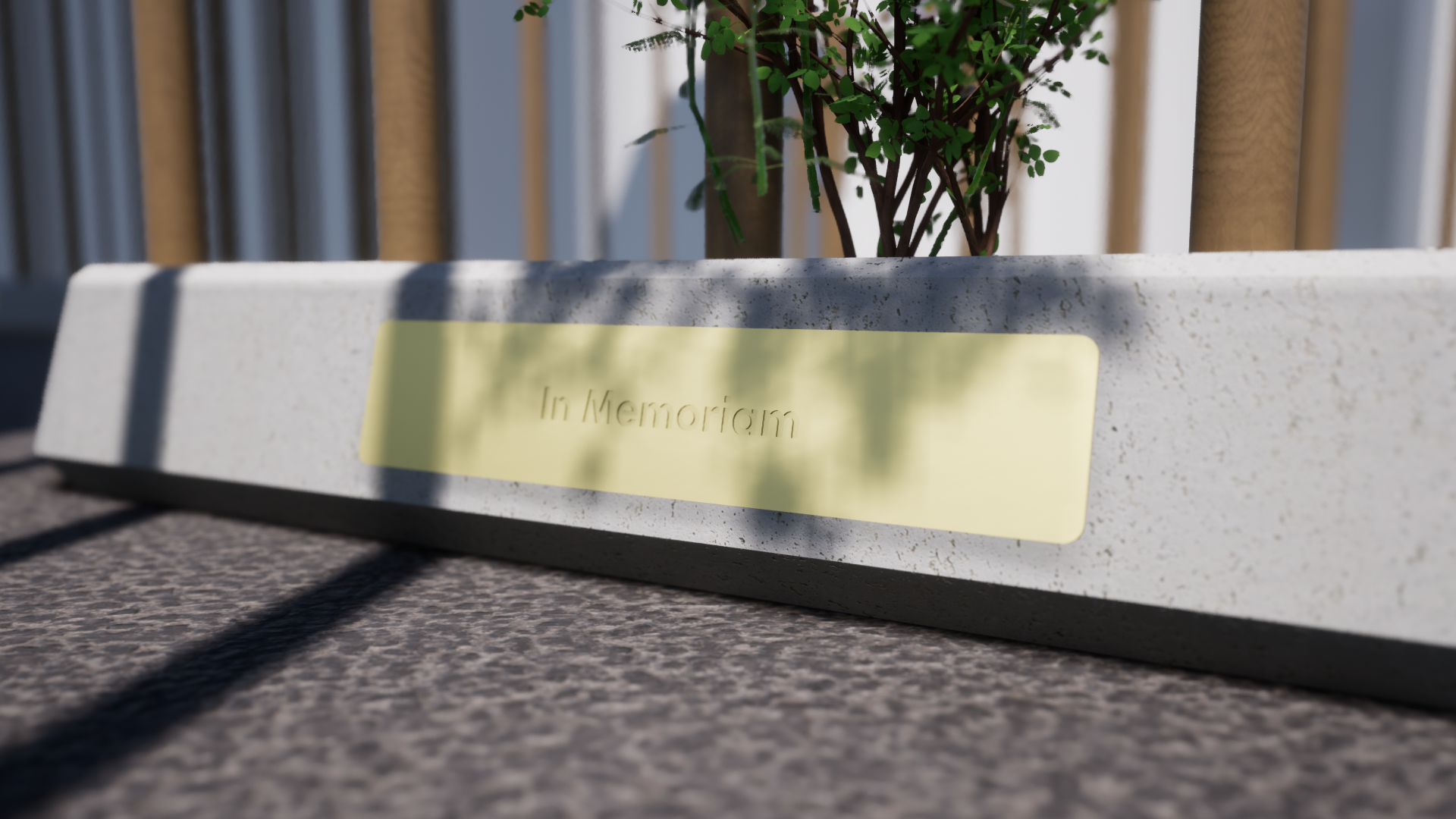
We can share our pain in the pain of the others.
